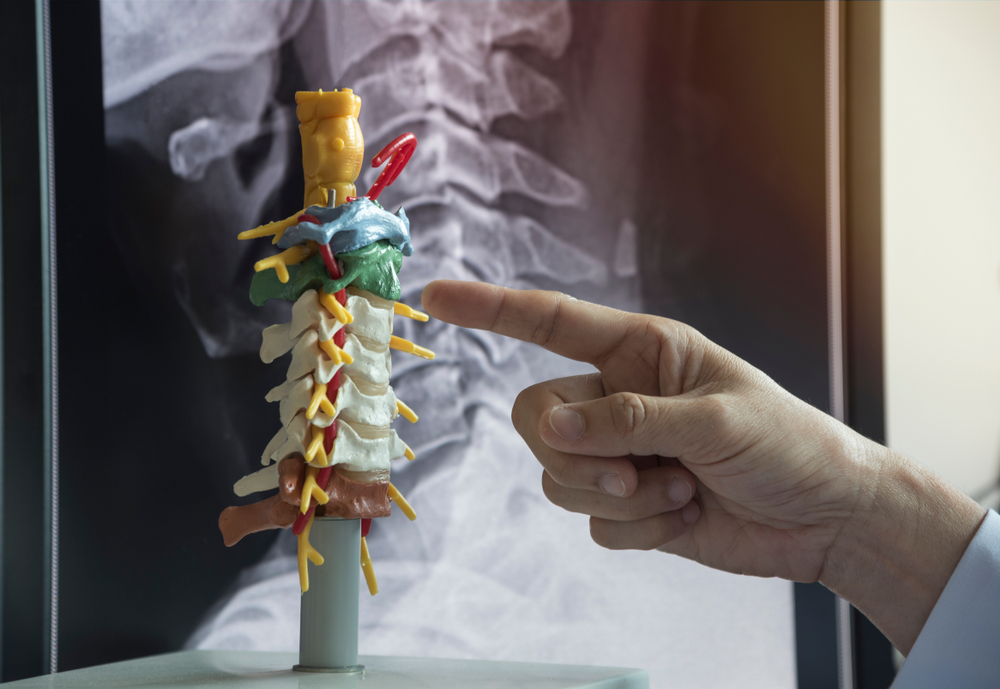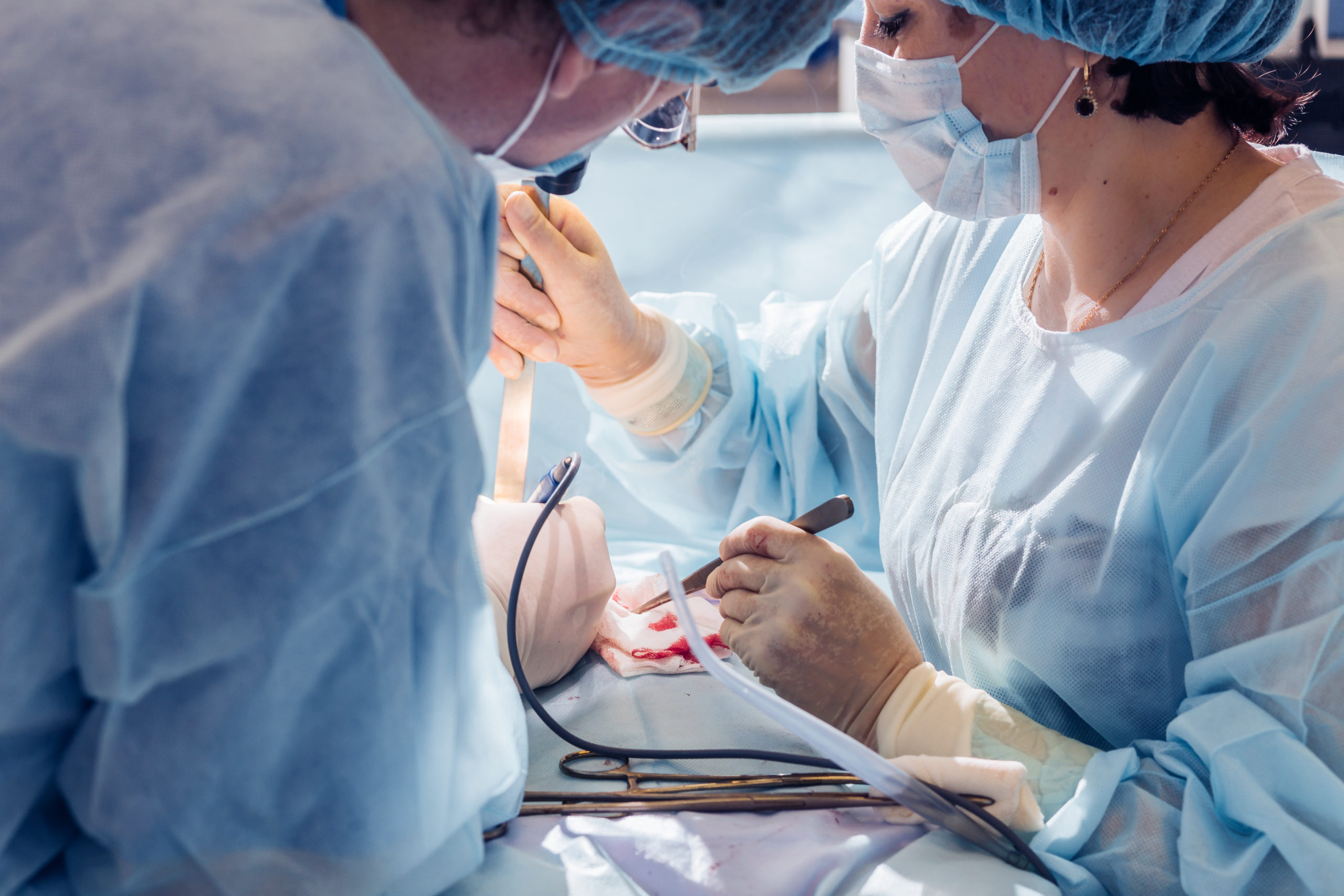
Anthony K. Sestokas, PhD, DABNM, FASNM
November 1, 2016
Recently I attended the 31st Annual Meeting of the North American Spine Society (NASS). I presented co-authored research on how intraoperative neuromonitoring (IONM) plays a critical role in preventing postoperative patient injury. NASS honored us by selecting the work as one of its Best Papers.

Anthony Sestokas, PhD, DABNM, FASNM
presenting at NASS 2016
Each year I attend NASS I’m reminded of the immensity of healthcare, and frankly, the opportunity for improvement—both in better care outcomes and in reducing expense. For those of us who make our living in healthcare, we feel as though maybe we understand this a little more than most. After all, don’t we field more questions from friends and family simply because they view us as experts in healthcare? It reminds me that we are still at the beginning of our journey to optimize value in the American healthcare system, but I also know we are making progress.
You can read the abstract of what I presented on our website, but in short, here’s what had NASS excited enough about our research to call it out as a Best Paper. We demonstrated that, intraoperatively, when a neuromonitoring alert indicates an evolving deficit, the ability to resolve that deficit directly correlates to the likelihood that the patient will avoid a postoperative neurologic impairment, one that could require significant rehabilitation and/or chronic care due to some level of paralysis or other severe injury.
The role of an expert IONM team is critical in the timely identification of these adverse neurophysiologic changes and in promoting corrective action by the surgeon and anesthesiologist. While this particular research didn’t specifically link the total cost of care to such incidents, we know that injuries such as these can easily run well into the millions of dollars over a lifetime. The follow-up questions from the audience further validated the medical and economic value of our research.
Our research is based on clinical IONM data from SpecialtyCare’s Operative Procedural Registry, or SCOPE™, which gives us the ability to analyze tens of thousands of relevant procedures. Taking advantage of big data—nearly 70,000 cases in this study—ensures that our results are statistically robust, a vital aspect of evidence-based improvement in healthcare.
It was an honor for me to present this study to such a prestigious group of surgeons and, in doing so, provide actionable information to help elevate the quality of care across the country. I’d be happy to discuss the findings with anyone who would like to learn more about our research. Feel free to send me an email. And finally, thank you to the folks at NASS—it’s always a great event and a wonderful opportunity to connect with long-time colleagues and learn the latest from the leaders in our field.
LEARN MORE ABOUT IONM



Comments are closed.